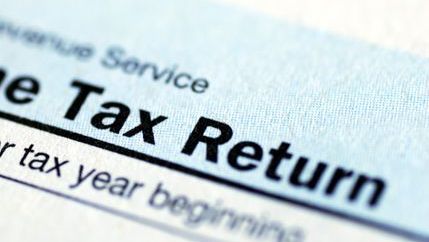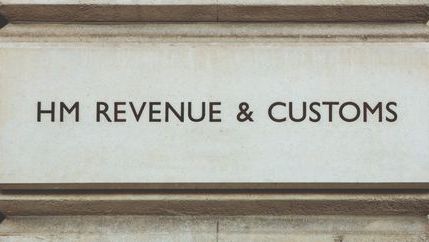
Stamp Duty Land Tax (SDLT)
What is SDLT and who pays it?
Currently, buyers of homes worth less than £250,000 in England and Northern Ireland don't pay Stamp Duty (land tax is set separately in Scotland and Wales). This was doubled from £125,000 in September 2022. The threshold is £425,000 for those buying their first property which was raised from £300,000. These higher thresholds will end on 31 March 2025, when they are expected to revert to previous levels.
Someone who already owns a residential property worth £40,000 or more must pay an additional surcharge on top of the rates above when they buy another property (or a part of one).
A full list of Stamp Duty rates for residential property is available on the GOV.UK →
What are the changes?
The surcharge rate for additional properties – called Higher Rates for Additional Dwellings (HRAD) has increased from 3% to 5% from 31 October 2024. This means that it is an extra 5% on top of standard SDLT.
The single rate of stamp duty charged when businesses buy dwellings worth more than £500,000 has also increased from 15% to 17% from 31 October 2024.
GOV.UK offers an SDLT calculator →
What are the potential impacts?
Those buying additional dwellings accounted for 23% of sales transactions in the financial year 22/23 according to official data, so the changes will hit a large section of the market. The move is expected to raise £115m in the next five months and raise a further £90m in the following 12 months.
The Chancellor stated that increasing the surcharge would help clear the way for more first-time buyers to access the market, however, no other measures, such as a help-to-buy scheme, were announced.
In the private rented sector, adding to the cost of investors buying properties could hinder the smooth functioning of the market, causing more acute housing shortages while the affordable homes and house-building schemes ramp up to delivery.
Stamp Duty and Land Tax
This guide covers everything you need to know about how much Stamp Duty or Land Tax you could have to pay on your next home.
Capital Gains Tax (CGT)
What is CGT and who pays it?
CGT is a tax on the profit made when someone sells certain types of assets (known as chargeable assets), including property.
If someone is selling their main home, they will usually be exempt from CGT, if the grounds are less than 5,000 sqm, and no part of the property has been rented out or used exclusively for business.
Sales of property, that is not the owner's main home, including buy-to-let, business premises, land, or inherited property, will usually be subject to CGT.
GOV.UK has more information on Capital Gains Tax to help with compliance →
What is changing?
The rates for residential property will stay the same, at 18% and 24%, while the rates for the sale of other types of assets, including commercial property, are being increased to match.
Landlord tax on property investments
The tax position surrounding owning property can be complex. This guide explains some of the tax issues surrounding property investment to illustrate how making small changes could save you money.
Business rates
What are business rates and who pays them?
Business rates are charged on most non-domestic properties in England and Wales, including shops, offices, warehouses, and holiday rentals. Business rates are handled differently in Scotland and Northern Ireland.
What is changing?
The small business rate multiplier (a number used to calculate business rate bills) will be frozen at 49.9p in 2025 and 2026. There was no confirmation of the large business rate multiplier in the Autumn Budget.
The current 75% discount to business rates, which is due to expire in April 2025, will be replaced by a discount of 40% for eligible retail, hospitality and leisure (RHL) properties in England - up to a maximum discount of £110k. The rules for rate reliefs are different in Wales, Scotland and Northern Ireland.
Find out more about business rates relief →
What are the potential impacts?
High Street agents may see their business rates almost double next year, which could be a significant financial strain.
Looking ahead to 2026 and 2027, the UK Government has committed to permanently reducing the business rates multiplier for RHL properties. This reduction will be funded by increasing the rates multiplier on properties valued at over £500,000, so estate and letting agents in premium locations, especially larger firms, could see this result in higher costs. Smaller agents in less costly premises, however, might benefit from these changes.
Autumn Budget 2024: strengthening housing markets whilst boosting energy efficiency
Propertymark has prepared deliverable and achievable spending commitments that will increase the supply of privately rented accommodation, boost owner-occupation, and support landlords and homeowners decarbonise properties. Our proposals include Stamp Duty Land Tax (SDLT) reform to encourage last-time buyers to downsize, reversing Section 24 of the Finance Act, and interest-free energy-efficiency loans.








